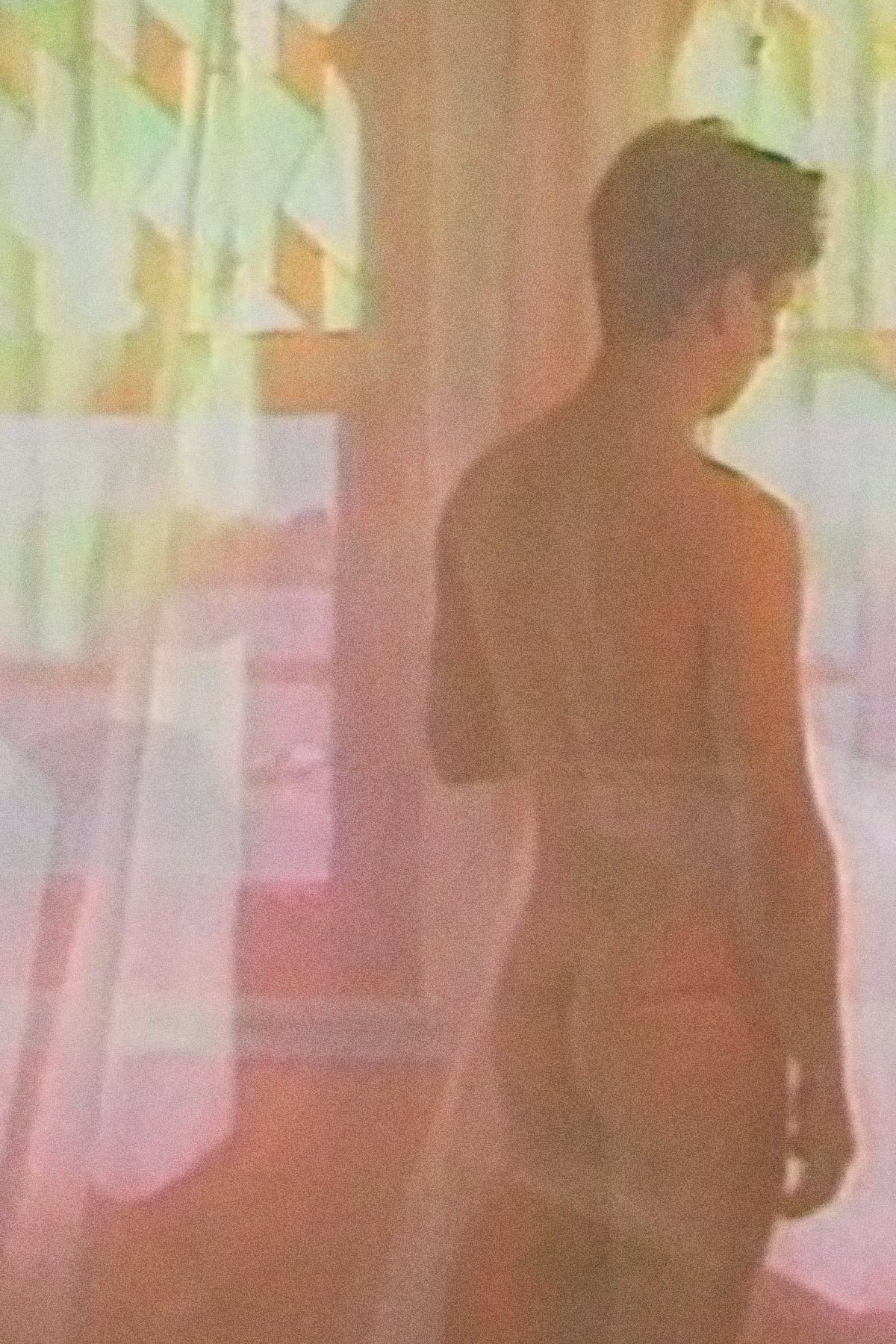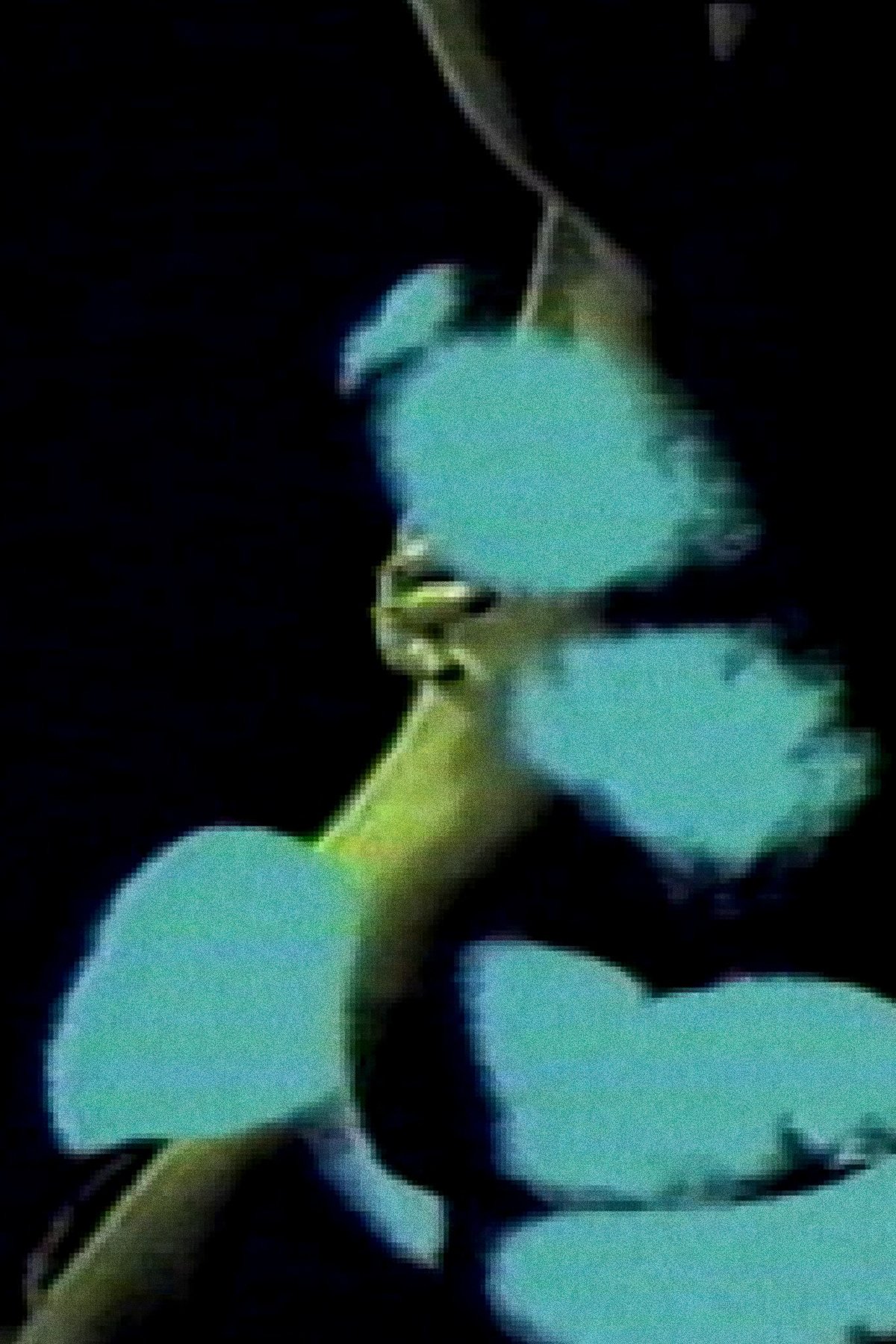

Harems is a love story between a screen-writer and a gogo-boy, the latter being typically representative of the image of seduction in the 80's. The screenwriter leaves on a journey and asks the gogo-boy to accompany him. A scandal breaks out and the gogo-boy's antics lead to both men's meeting with the narrator. She introduces the spectator to the psychological state of the screen-writer - who is in the process of inventing a mythic character based on his lover - and befriends and helps the gogo-boy in his quest for happiness. The narrator relates the story taking place between the two men and questions the relationship between fantasy and the reality of love.

Lettre à un amant is the final chapter of Paradis’ video trilogy. It deals with a couple's break-up. It is both a letter and a reflection, and it concerns giving of one's self, sharing and exchanging. It is also a response to the other person's flight, the absence, the void. The images attempt to replace the fear and silence. A need sublimated in the exacerbation of pleasure conveyed by images and sounds, Lettre à un amant is a masterful conclusion to the series. At the same time, it poses several questions about the dichotomous love-image paradox present in love. This work also refers to an earlier work by Marc Paradis, La Cage, because of its erotic homosexual content and its many electronic applications. Richard Anger's original score was composed to emphasize the dramatic aspect while several processes proper to the video medium serve to peg the images in an aesthetic approach.

Close-ups of lovers caressing and images of nearly motionless nude males are presented as a collage. A young man feverishly comments upon le mal d’amour by confronting desire and disappointment, including moments of his everyday life and moments which occur in a dream-like state. This results in an opposition between the primitive simplicity of sexuality and the complexity of love to which we traditionally associate it. This work focuses upon the omnipresence of sexuality and its inevitable changes and ramifications in long-term relationships.

Luc Bourdon, Marc Paradis and Simon B. Robert are curators for a selection of Canadian video to be presented within the context of the 13th Montréal International Festival of New Cinema and Video. This tape relates their experiences and research which occurs during their journey across Canada. This document is less a documentation of the trip than a logical suite to the questions raised in a previous work, Scheme vidéo. Focusing on the displacement of the three curators, the tape reflects their perceptions through the random capture of images. With Paul Wong, Grant Poier, Nida Home Doherty, Jerry Kissel, John Greyson and Collin Campbell.
By browsing this website, you accept our cookies policy.